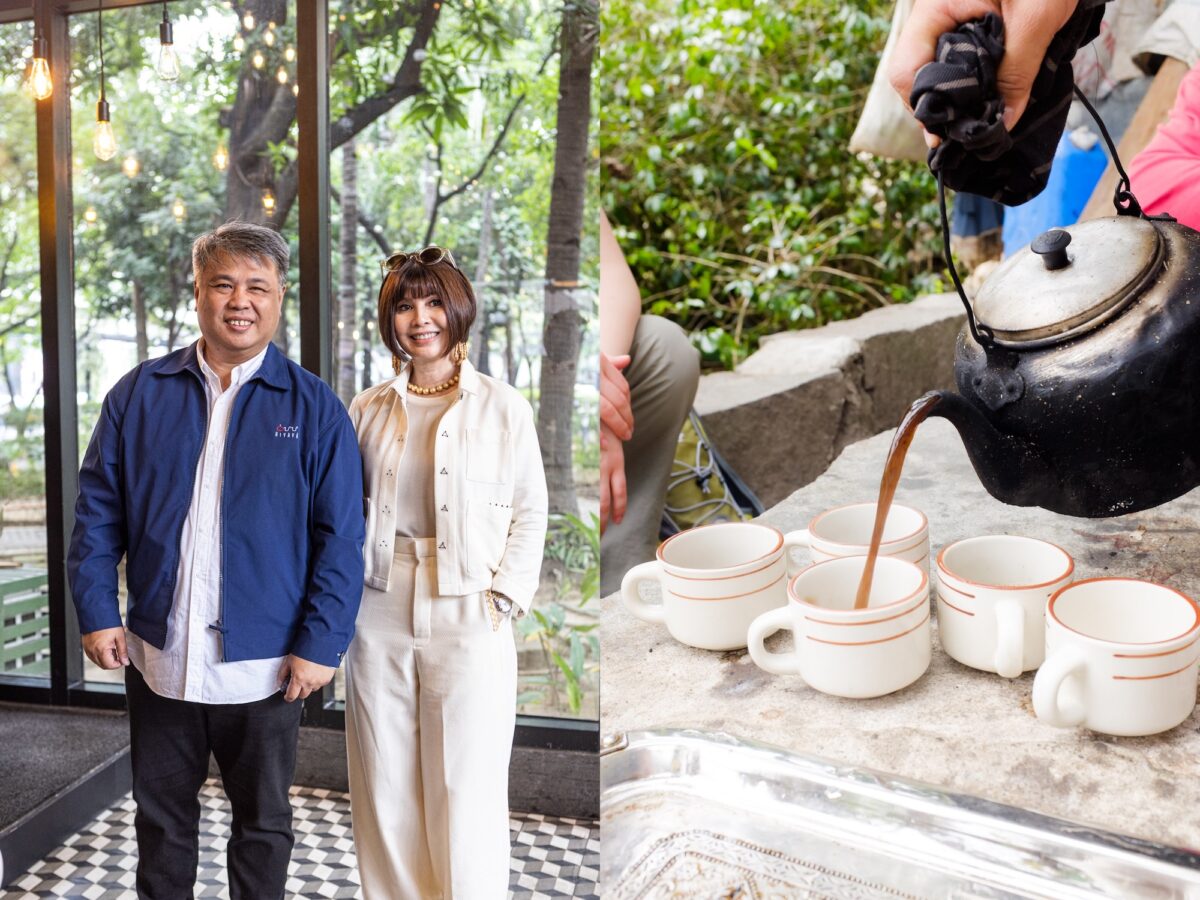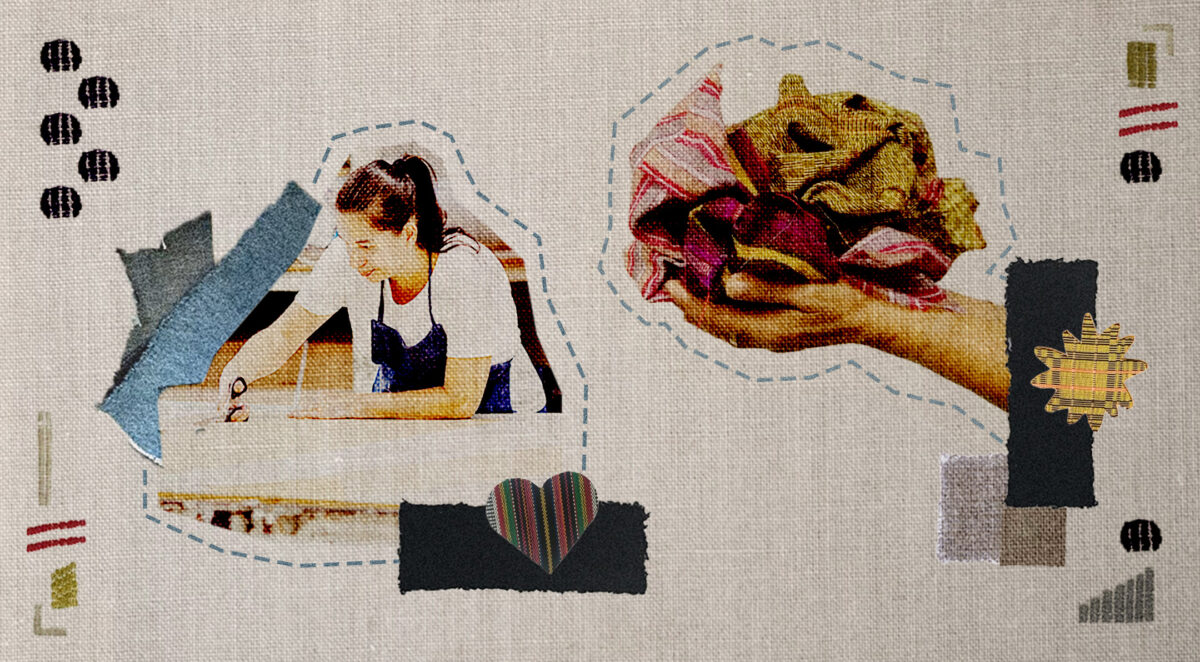Siquijor, the small island-province in central Visayas, is known for its folk healers and its folk practice of spiritualism as well as its Filipino-Hispanic structures of finely-cut corral stone that still survive and amuse visitors to this day.
One of the latter is the San Isidro Labrador church and convent of Lazi town, declared a National Cultural Treasure by the National Museum in 2001 for being the best preserved church complex in Siquijor. Its original wooden floors and convent, the largest in the Visayas, are still intact.
The church became a National Historical Landmark in 1973 through Presidential Decree 260. It was at one time on the World Heritage Site tentative list of the country.
Other heritage structures in the province are the Saint Francis of Assisi church complex in Siquijor town, which includes a church, belfry cum watchtower, a well which is now a grotto, and an impressive fortification facing the sea; the belfries of Larena and San Juan towns; the watchtower in Enrique Villanueva; the excellently preserved Spanish-era school buildings in Larena; the Santa Maria church and school in Maria; the well-preserved Gabaldon-type San Juan Central School in San Juan town; and a number of heritage houses.
Interestingly, incorporated in some of these structures is an important construction technique called “tabique pampango,” which was prevalent in the Spanish colonial period and is now very rare.
Church art historian Regalado Trota José in his 1991 landmark book, “Simbahan: Church Art in Colonial Philippines 1565-1898,” describes tabique pampango as “a thin wall made of interlaced pieces of wood and bamboo, and given a coating of lime mixed with sand,” which is “used as a partition wall and even in the upper reaches of the building, such as the second story of the convento or the clerestory of the church.”
Tabique is the technique while its modifier, pampango, means that the technique originated in Pampanga, although it had been used in other countries since the ancient times. It is called “wattle and daub” in English.
In an interview, José noted that only a few structures using the ancient technique survive, and they could be found mostly in Bohol and Cebu. The practice is extinct in Pampanga and in many areas, he added.
Jose called Siquijor the last bastion of tabique pampango in the country. He explained that the technique had a number of variations in different places and should be studied since not much was known about it.
Old and new
In his essay, “Palitada: The Skin of the Church,” published in the book “Zero In” by the Ayala Museum in 2003, José writes that the earliest mention of tabique pampango is a report in the early 18th century Ilocos describing churches of Bangar, Bantay, Cabugao, and Candon as having used that construction technique.
However, it was not until 1799 that the term tabique pampango was first used, he explained, saying it was the Augustinian priest Joaquin Martinez de Zuñiga who mentioned the technique as such.
In the same work, José notes that the construction method, a pre-stone church construction procedure, saw its end after the 1880 earthquake when the Spanish colonial government enacted the “Earthquake Ordinances” that same year “despite (the technique’s) usefulness, versatility and economy.” The practice persisted until the early 20th century in the Visayas and Mindanao.
In Siquijor, the practice lasted until the late 19th century as evident in religious structures in at least three towns.
The pediment of the baptistry of Siquijor church is made of tabique pampango, likewise the upper portion of a wall of the now dilapidated and what used to be the Ave Maria Academy in Maria town and the upper floor walls of the Lazi convent—a mix of old and new since damaged portions were fixed with cement.
The church of San Agustin in San Juan town is said to have tabique pampango walls, but the native plaster was replaced by concrete recently.
—CONTRIBUTED













































